Does Excel open a Blank screen when you open an existing file? Microsoft Excel, for the most part, tends to work well, but there are times when it buckles and fails to perform even basic tasks. For example, some folks have complained lately about the inability to launch Excel properly. These folks are having a rather strange but common experience. When they attempt to launch a file using Excel, the tool shows a blank white screen instead, so what’s going on here?
When you double-click on the Excel file, the MS Excel software will open as usual, and you will expect your document to be there, but instead, it may open a blank window without any Spreadsheet inside it.
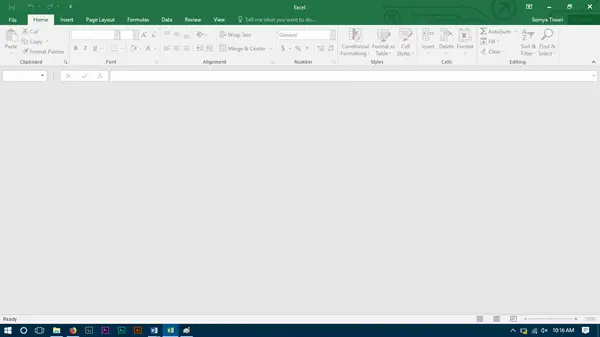
From what we’ve gathered, the issue only appears when the user double-clicks a file to open it. Whenever they use File > Open > Workbook, the Excel file opens without problems, but seeing as double-clicking is much faster, we cannot tell users to just settle for the harder way of doing things.
Excel opens a Blank Sheet or Workbook instead of the file
There may be other reasons why you’re seeing a blank screen, so hopefully, the tips we will discuss will work all the same. If your Excel spreadsheet file opens but does not display anything except a blank screen, here’s what you need to do to fix the issue.
If Microsoft Excel opens a Blank screen when you open an existing file, here are suggestions to stop Excel from opening a Blank workbook or sheet.
- Turn off Hardware Graphics Acceleration
- Set Excel file associations to default
- Uncheck Ignore DDE setting
- Try to Hide/Unhide the Spreadsheet
- Check Excel Add-Ins
- Repair Microsoft Office
Let us look at this in a more detailed format.
1] Turn off Hardware Graphics Acceleration
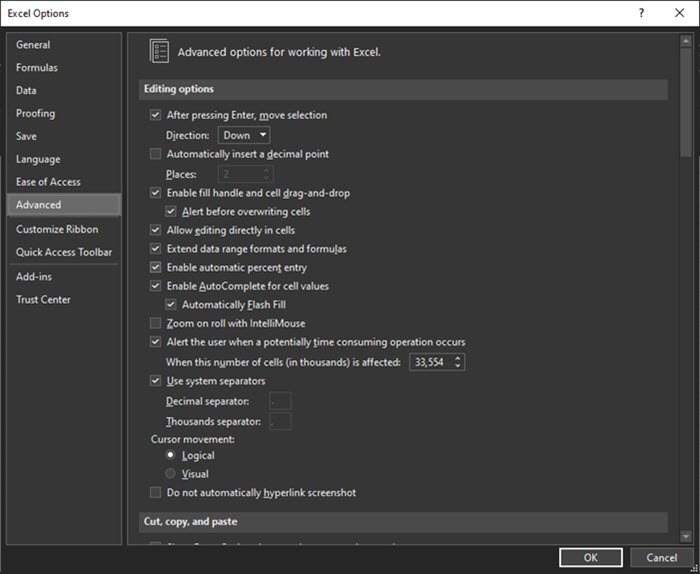
The first thing you’ll want to do is open Microsoft Excel, then navigate to File > Options > Advanced. From there, scroll down to locate the Display section, and under it, select the box that says Disable hardware graphics acceleration.
Finally, click OK at the bottom of the window and check if things are working as they should.
Read: Microsoft Excel Tips and Tricks.
2] Set Excel file associations to default
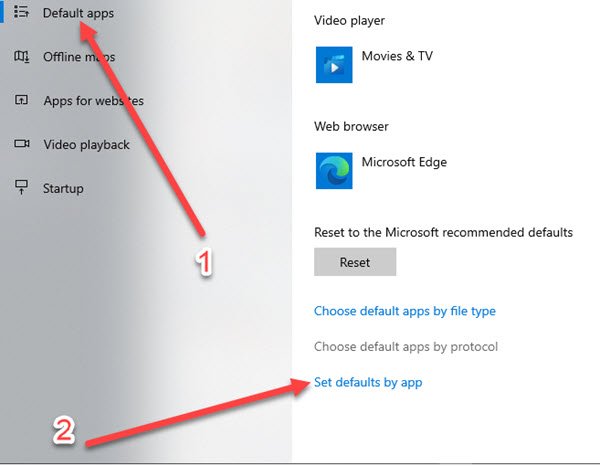
Resetting file associations is not difficult, so let’s look at how we can get this done with ease.
OK, so we need to fire up the Settings area by clicking on the Windows key + I.
Once the Settings app is up and running, select Apps from the menu, then navigate to Default Apps > Set defaults by app. From there, click on Excel and decide the associations.
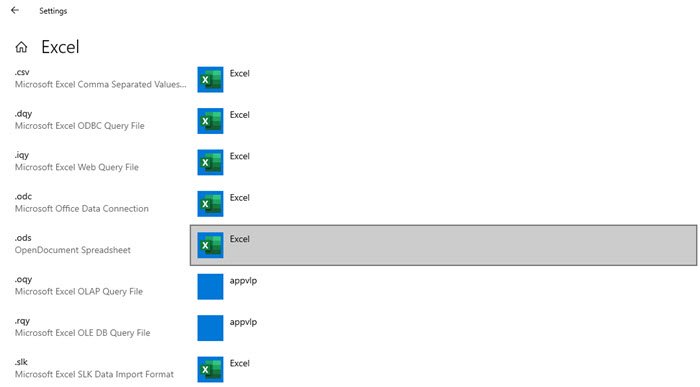
You should now see the search process attempting to find your programs. Once you see Excel on the list, select it then click on Choose default for this program.
From there, the association screen will appear, so when it does, please click on Select All > Save > OK, and that’s it.
Read: How to use Excel to design simple Floor Plans.
3] Uncheck Ignore DDE setting
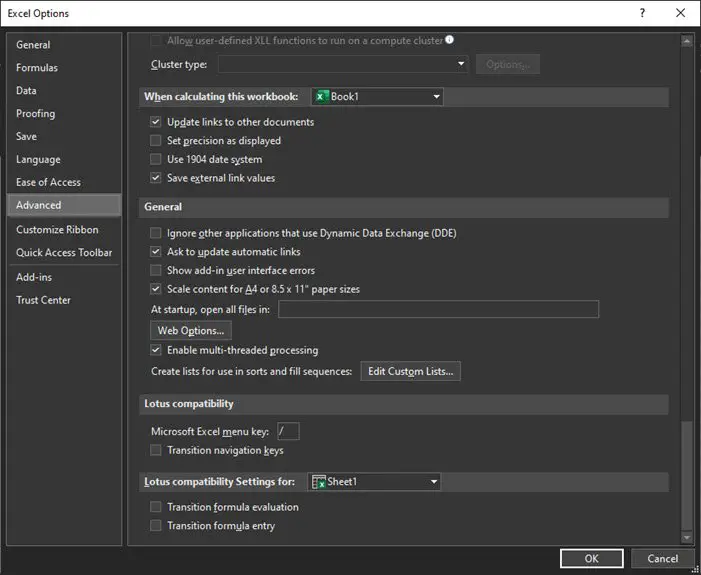
DDE stands for Dynamic Data Exchange; it is used to inform the particular software that a file with the extension you support is requested to open. If DDE is turned off in MS Excel then Excel will open but will not be loading the spreadsheet you must be expecting.
To solve the issue, open Excel, navigate to File > Options > Advanced > General, then locate the section that says Ignore other applications that use Dynamic Data Exchange (DDE) and uncheck the box. Click the OK button to complete the task.
4] Try to Hide/Unhide Spreadsheet

In the View panel, you have the option to hide a spreadsheet, it might be ticked, and you are not viewing the spreadsheet which is open, so do check with the same in the View Ribbon.
5] Check Excel Add-Ins
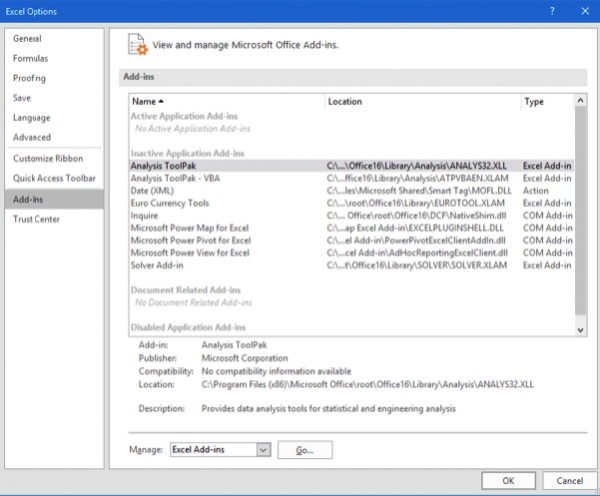
Add-ins are different functionalities added to the software; these may interfere with the normal functioning of Excel. Do check if you added any recently, which is causing the problem.
Open-File Ribbon and head to options. From the side panel, select Add-ins. If there is an active add-in, turn it off one by one and check if the issue is solved.
For instance, if you see a MySQL for Excel add-in, uncheck it and see. It has been known to help.
6] Repair Microsoft Office
Should all other options fail, then we recommend repairing Microsoft Office. You will need to return to the Control Panel, then select Programs > Uninstall Programs > Microsoft Office, then click on Change. Finally, select Online Repair, and complete by clicking Repair and wait for it to finish the task.
These are some of the solutions for the Issue with Microsoft Excel. If you have found any other solution, let us know in the comment section below.
Leave a Reply